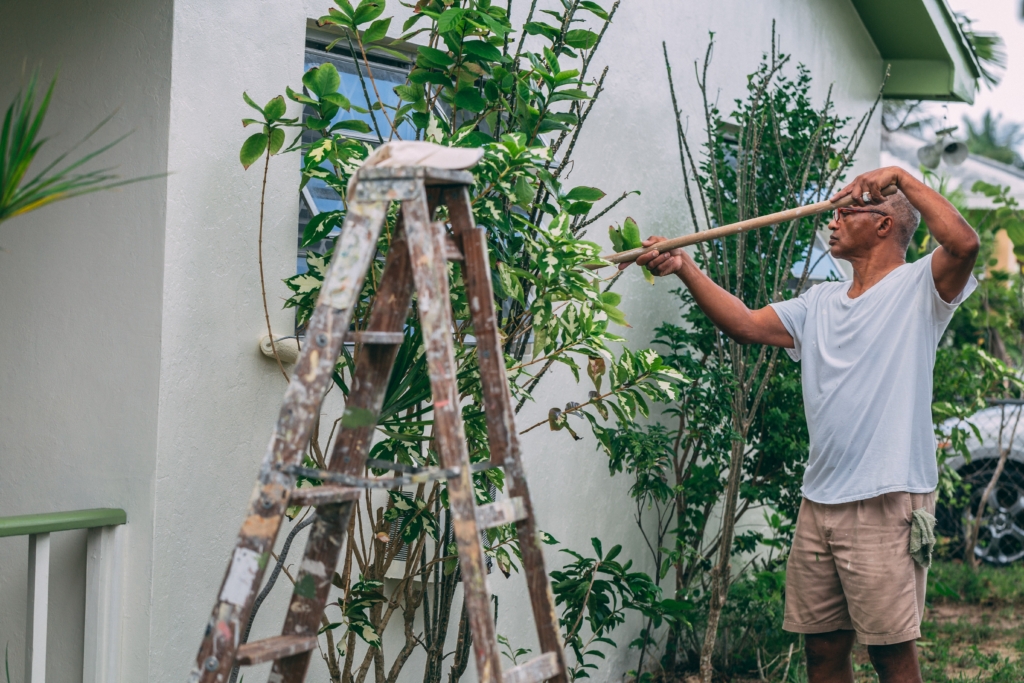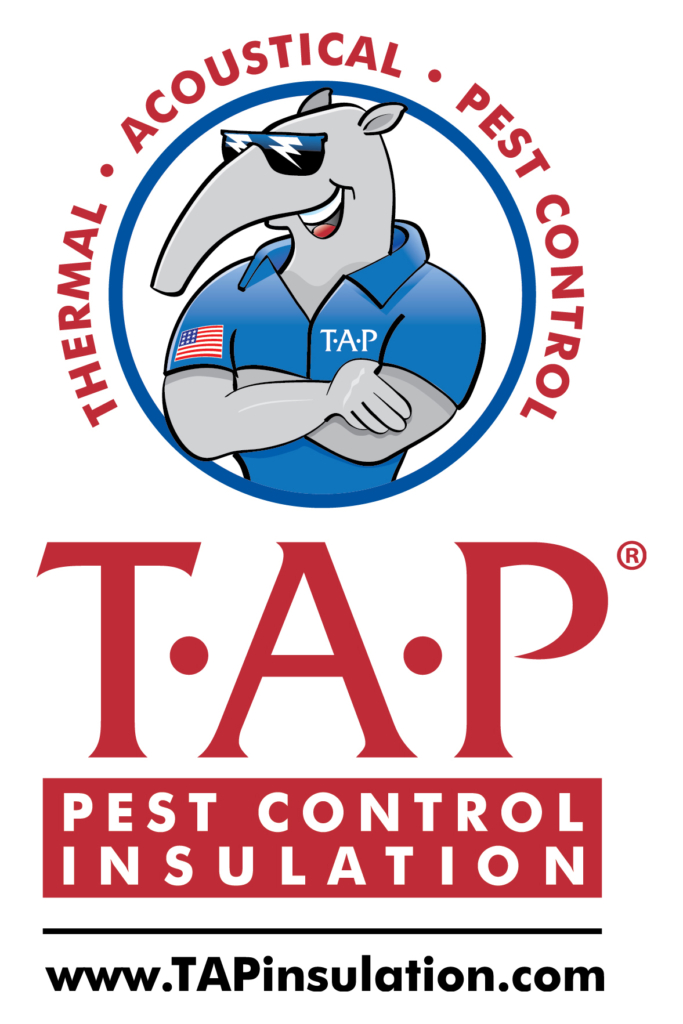
Summer is here, and so are all the insects that have been in hiding since the winter months. People associate this time of the year with sun, fun, vacations, and lots of time spent outdoors, but we don’t often think about how insects and other pests thrive during the warmer months of the year. But just because pests are a natural part of the season, it doesn’t mean that they have to become a natural part of your home.
Some pests are commonly known all across the country, but climate and the geographic area between regions have a significant impact on problems and solutions that homeowners experience when it comes to this issue. Because of this, we have gathered information on the five most common summer pests and how you, your family, and your clients can prepare for them.
1. Mosquitoes
Peak season for mosquitoes is during the summer, and they use the warm weather and humidity to reproduce. Mosquitoes use standing water, so you’re most likely to see them if you have this on your property. Although tiny in size, they can be a big danger to humans by spreading viruses like Zika, dengue fever, or Malaria.
To stop or prevent mosquitoes from living and multiplying near your home, make sure to:
- Drain standing water
- Use mosquito repellent
- Cover doors and windows with screens
2. Ants
After hibernating all through the winter months, ants are now on the hunt for food to feed their colonies and prepare for the next winter season. There are different types of ants, and each requires its prevention measures:
- Sugar ants spend their time looking for sugary foods inside your home. Ensure to keep your kitchen (and home in general, too) clean and keep food in sealed containers.
- Crazy ants (known by their frantic behavior) can chew through electrical wiring. Make sure to properly seal windows, doors, and any cracks and crevices outside of your home. As well as openings to electrical, HVAC, and plumbing fixtures.
- Fire ant bites can be incredibly painful and become a significant garden issue when not taken care of properly. Trim back trees and bushes away from home structure, mow the lawn to keep growth low, and remove leaf pilings and stacked wood to prevent fire ants from using these places as nesting areas.
3. Termites
Although the prime season for termites is during the spring, termite colonies grow substantially in the summer months. This nuisance is often not identified until it is too late, so it is essential to take the necessary steps to prevent them from getting into homes.
- Ensure drainage is pointing away from the home’s foundation and minimize moisture around it.
- Get rid of mulch, stacked firewood, and lumber that is in or close to the foundation.
- Trim trees, bushes and, shrubs away from home.
4. Cockroaches
Generally, cockroaches are more active when temperatures start rising from 70 degrees and are nuisances that no one wants in their home. To prevent them:
- Make sure your home is clean; that is the first way to prevent cockroaches.
- Store food in sealed containers, limit food consumption areas to only one room and make sure to empty your trashcan frequently.
- Seal possible points of entry like windows, doors, crawl spaces, and utility pipes.
5. Millipedes
These arthropods enter homes when temperatures drop and come out when the warmer months arrive. Sometimes, while they hide from the cold, they also mate, which can be a real headache because millipedes can lay up to 300 eggs and create an infestation. A few things to prevent them from getting into your home are:
- Seal windows, doors, cracks, and any other crevice that could be a point of entry.
- Repair leaks and any other sources of moisture like leaky pipes and faucets.
- Remove gutter buildup and any other debris that causes improper drainage.
These are just some of the steps that you can take to make sure that your home continues to be your home and not a source of headaches. But if you want to make sure that you are protected from these and other pests, call your local pest control provider and ask how you can get TAP® Pest Control Insulation.
TAP® Pest Control Insulation is the only EPA-registered pest control insulation also registered in all 50 states and has an ENERGY STAR® label and UL Classification. Not only does it outperform traditional insulation in keeping a structure thermally sound year-round, but TAP® Pest Control Insulation also helps prevent and eliminate 21 potentially destructive and disease-transmitting pests from entering homes and working spaces. Don’t wait until you have a problem, call your local Pest Management Provider today!


